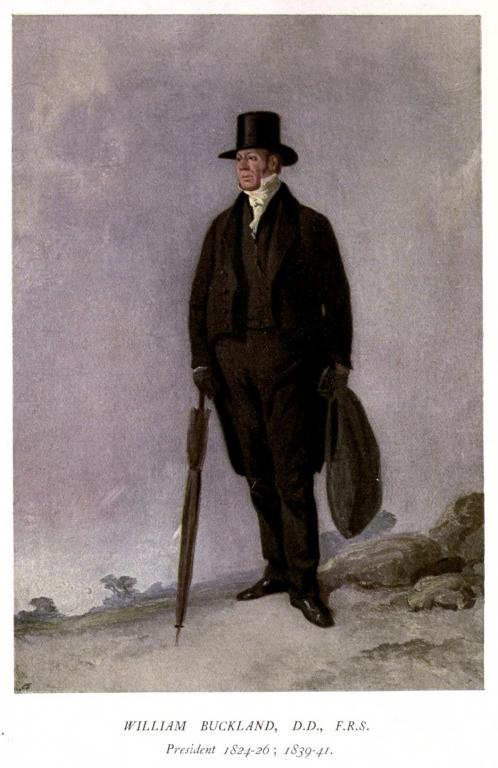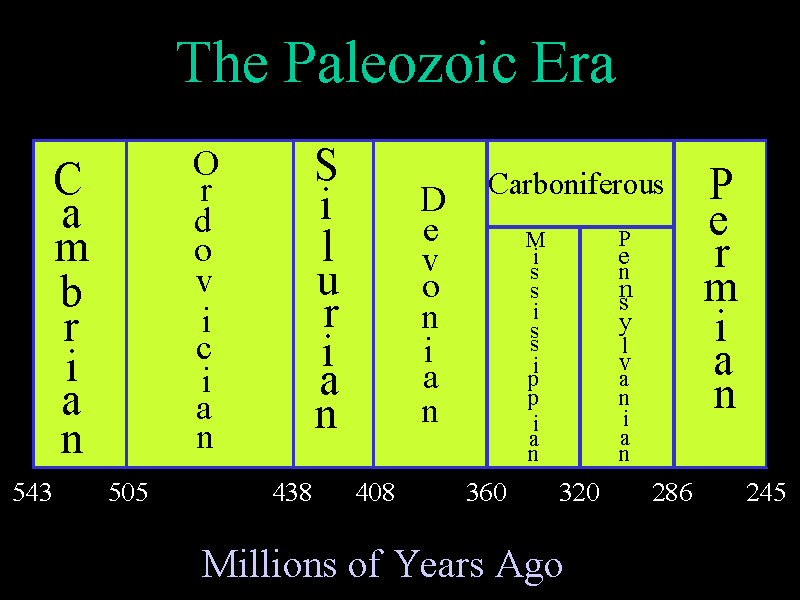
(Wikimedia Commons public domain image)
I’m making some notes for myself regarding a number of issues. I make no pretence to originality here; I cite my sources below. (In this case, they’re simply readily accessible internet materials, including, yes, Wikipedia.) My goal is just to get myself more precisely oriented, and I thought that maybe some others out there might be interested, too:

About 542 or 541 million years ago, at the start of the Palaeozoic Era (which includes the Cambrian Period as the first of its six subdivisions: Cambrian, Ordovician, Silurian, Devonian, Carboniferous [Mississippian and Pennsylvanian], and Permian), something that is often called the “Cambrian Explosion” — or, sometimes, the “Cambrian Radiation” — began.
What was it?
The phrase Cambrian Explosion refers to the very sudden appearance in the fossil record — “sudden” in geological terms; it actually played out over millions of years, concluding at about 520 or perhaps 505 million years ago — of complex animals with mineralized skeletal remains. Many scientists regard it as the most important evolutionary event in life’s history on our planet. (Some call it biology’s “Big Bang.”) All major animal “body plans,” each of them corresponding more or less to a distinctive biological phylum (Mollusca and Chordata, to name just two), appeared during this interval of, at most, about 36-37 million years. (Some put its length even shorter, at 20-25 million years.) Earth’s biosphere was permanently changed.
Before the Cambrian Explosion, most organisms were simple. That is, they were composed of individual cells that were occasionally organized into colonies — colonies of individual organisms, not complex, multicellular organisms. Over the next 70 to 80 million years, however, the rate of biological diversification actually accelerated, and the variety of terrestrial life began to resemble that which we see on Earth today.
To put the brevity of the Cambrian Explosion into some perspective, let me express it another way: Using the estimated length of 20-37 million years given above and an age for the Earth of 4.54 billion years, the Cambrian Explosion represents something between just slightly more than eight tenths of a percent of Earth’s history and just barely over 0.0044 of Earth’s history.
That’s a tiny slice, and it’s a very brief time for such enormously significant and major changes to have occurred.
Already in the 1840s, the English theologian and geologist William Buckland had noticed the seemingly sudden appearance of fossils in what he termed the “Primordial Strata.” In 1859, Charles Darwin also took note of this lack of earlier fossils in his book On the Origin of Species. He saw it as a major difficulty for his theory that life had descended slowly, with gradual modifications, via a process of natural selection.
Still today, the Cambrian Explosion seems to pose three fundamental questions:
Did a mass diversification of complex organisms really occur over a relatively short period of time during the early Cambrian? Could it be that the sudden appearance that we seem to see is, instead, merely an artifact of palaeontological coincidence, and that other findings will paint a different, more gradual picture? The evidence right now is quite limited.
If, in fact, it occured as it seems to have occurred, what might have caused such rapid change?
What does the seeming suddenness of the appearance of fossils imply about the origin of animal life?
A great deal of scientific and metascientific debate has been generated by the Cambrian Explosion.
http://burgess-shale.rom.on.ca/en/science/origin/04-cambrian-explosion.php
https://en.wikipedia.org/wiki/Cambrian_explosion
Posted from Newport Beach, California










